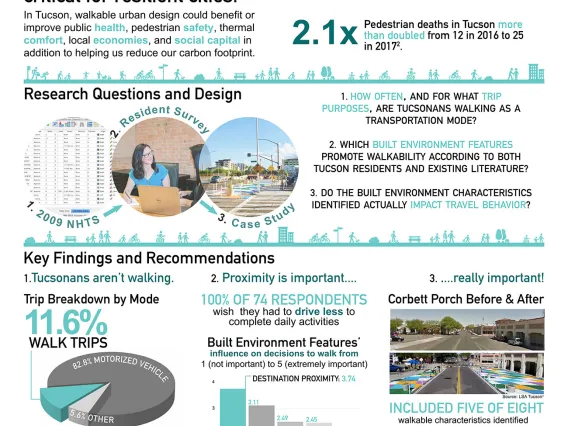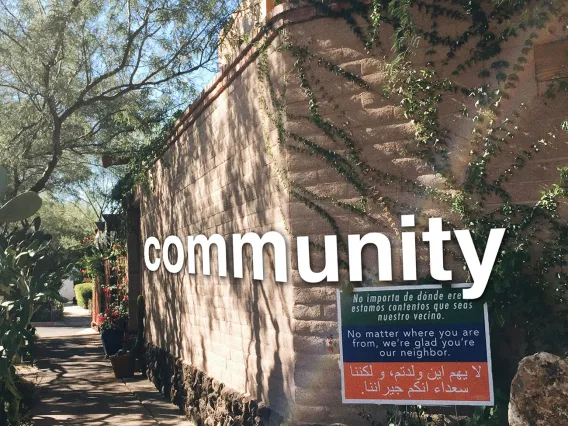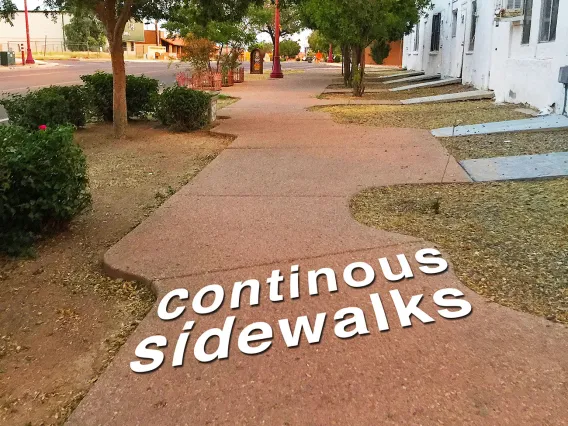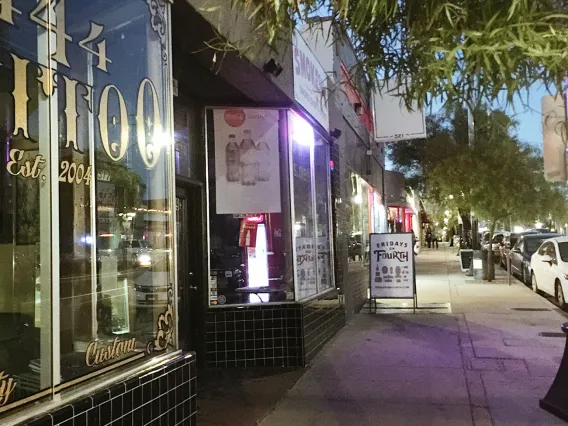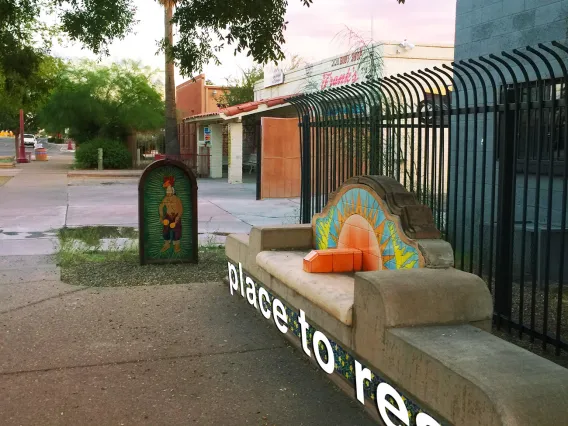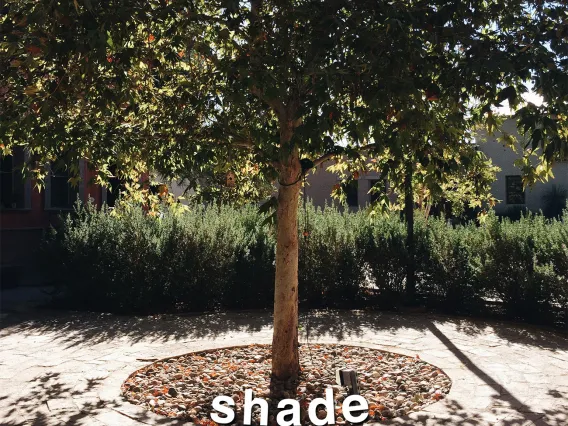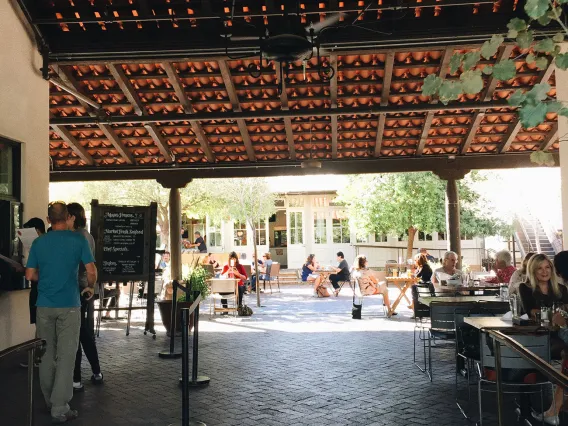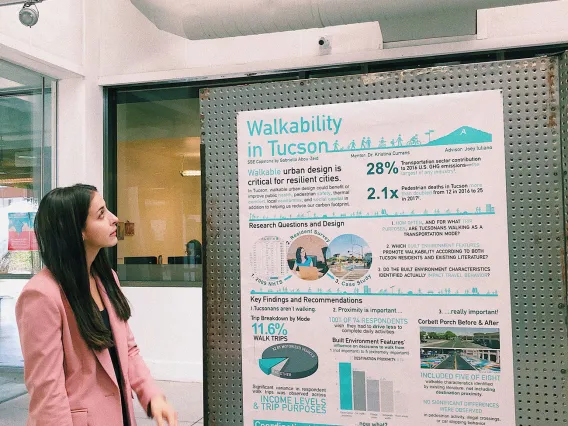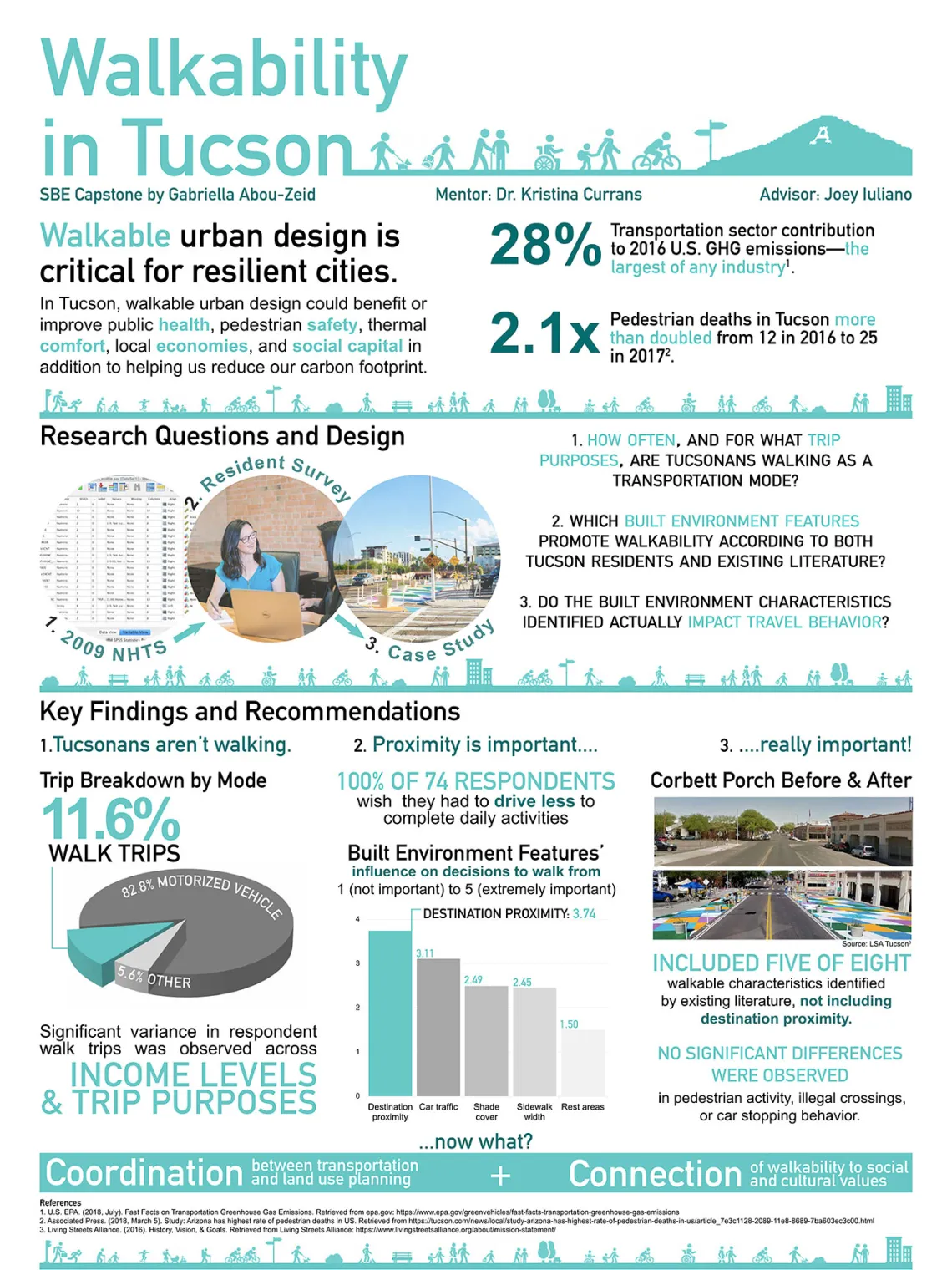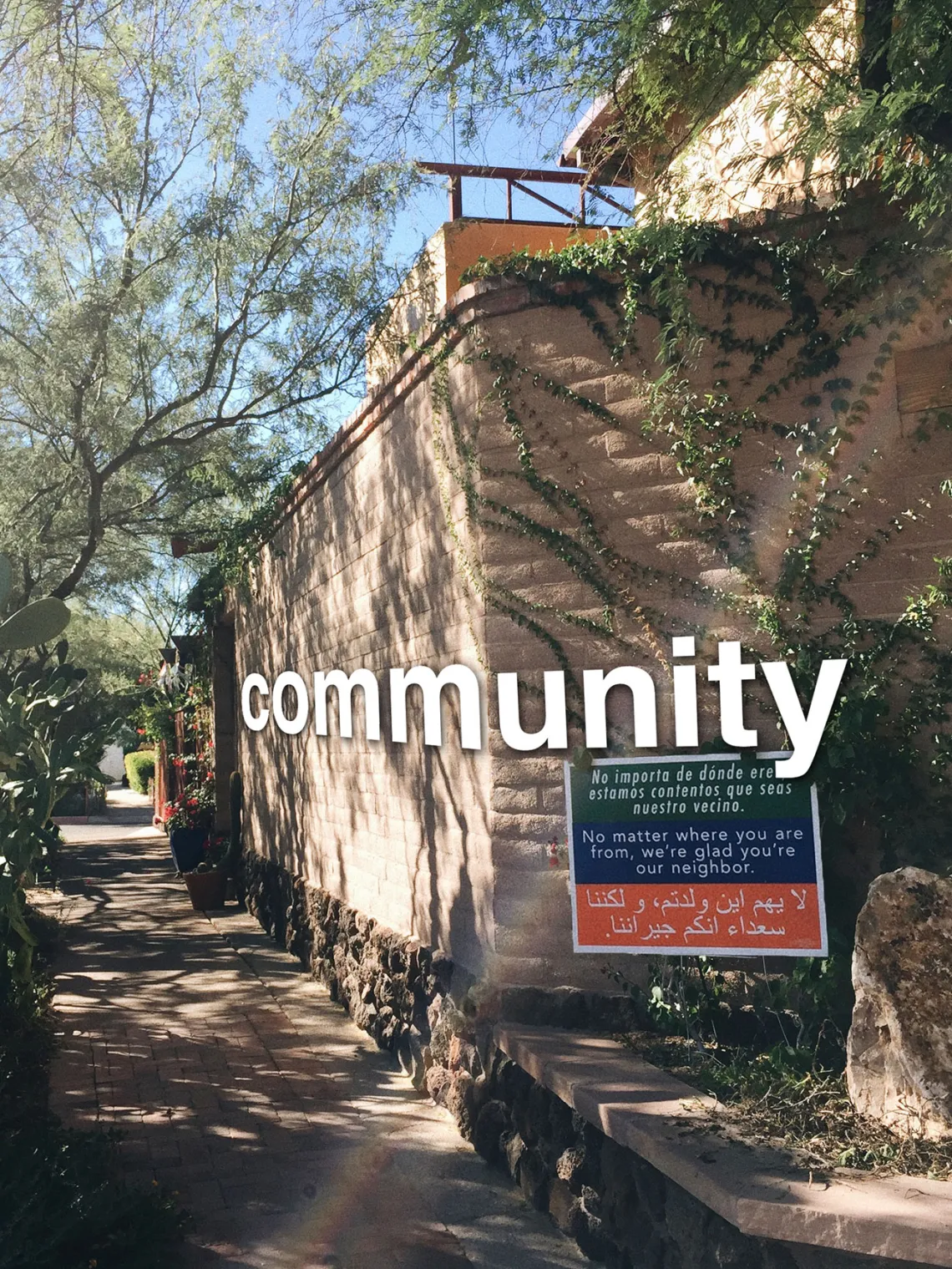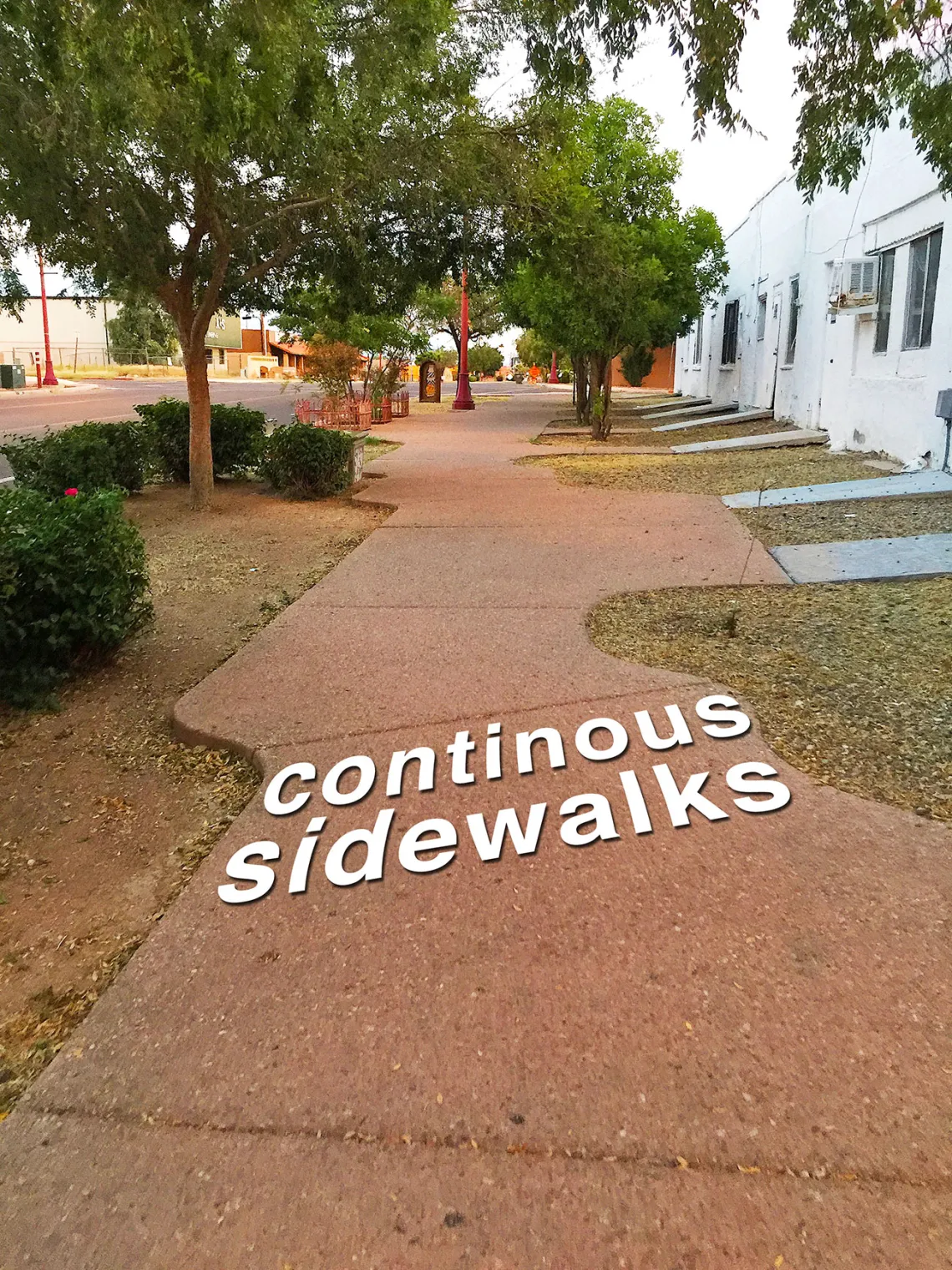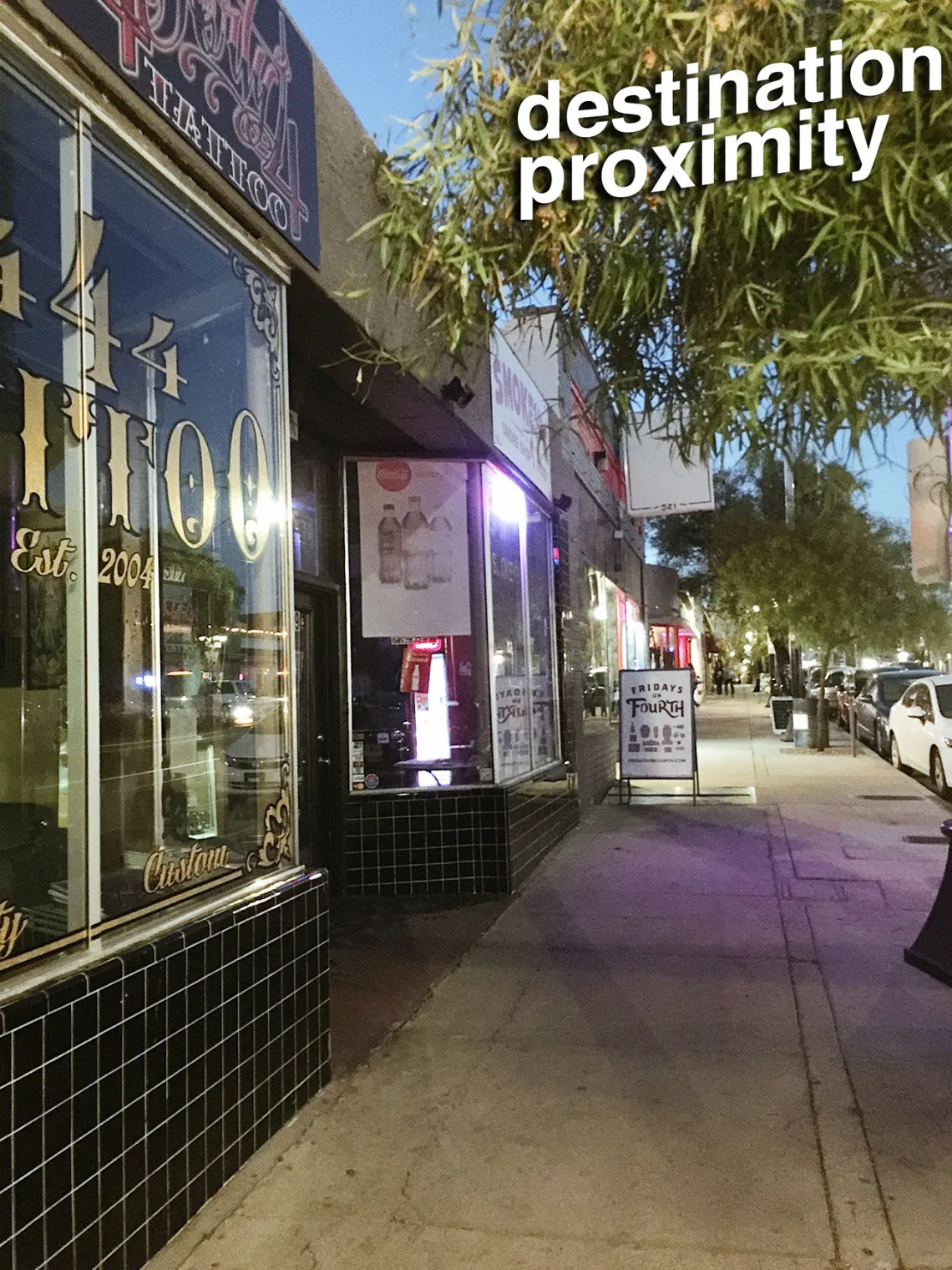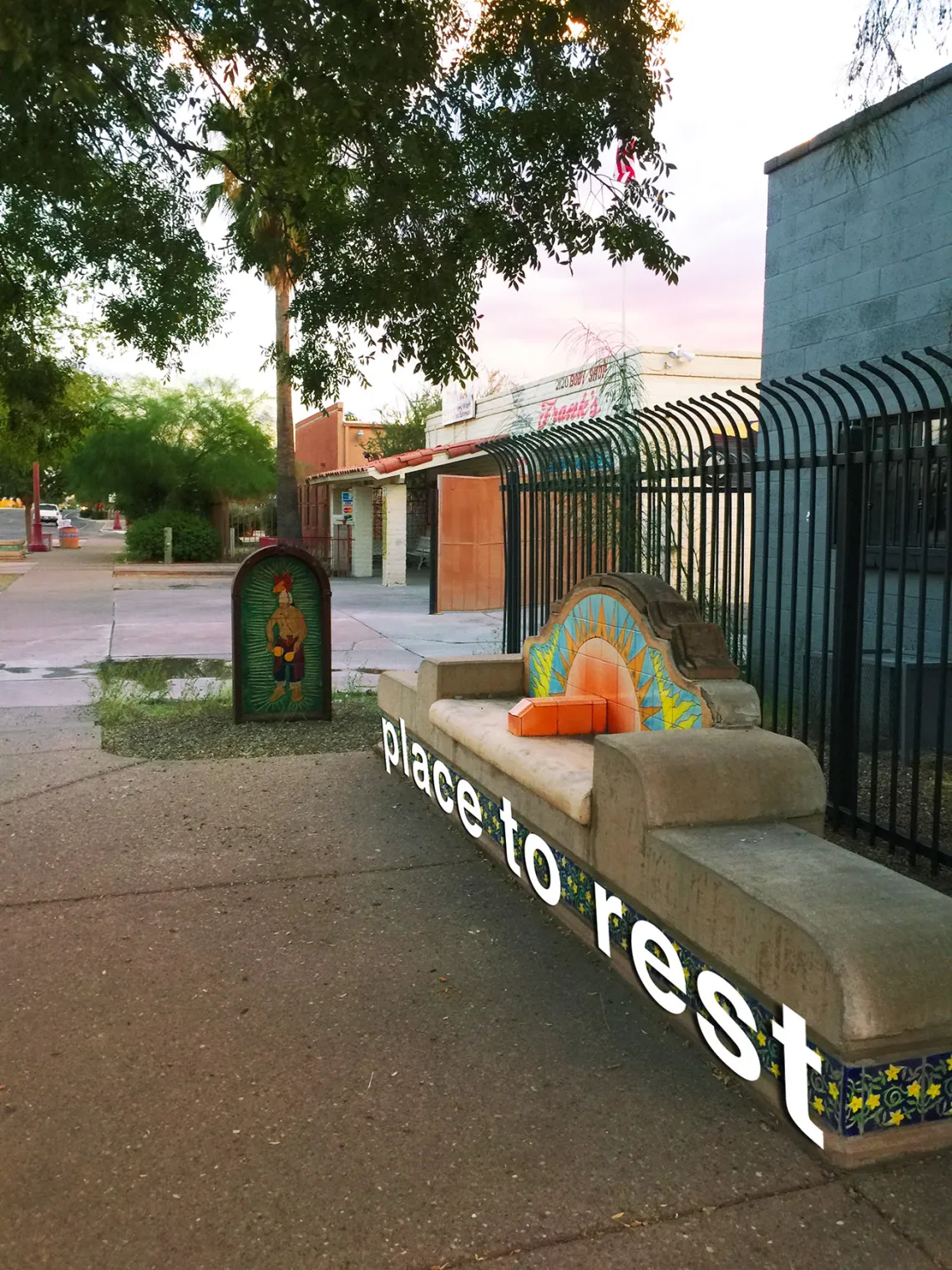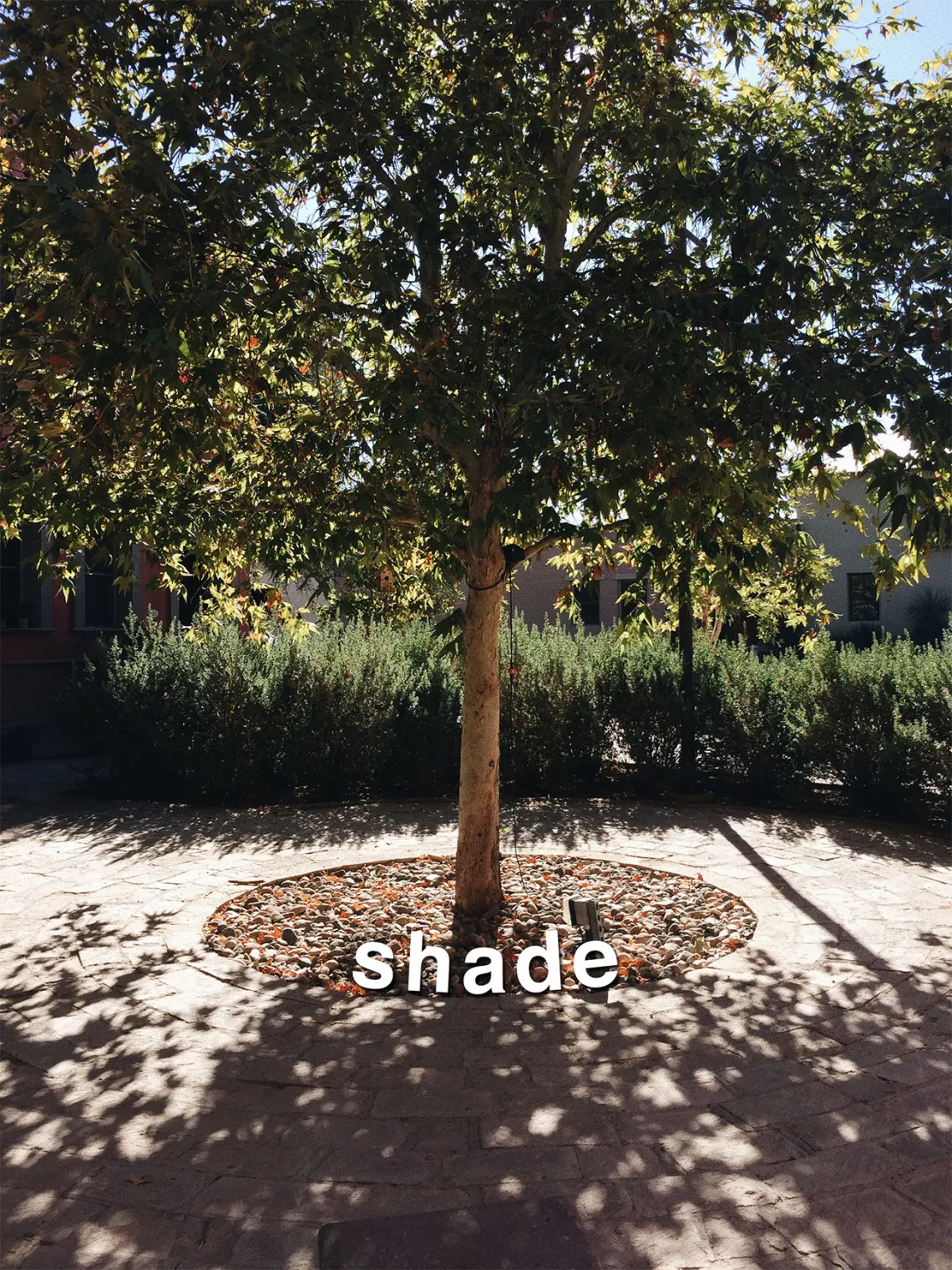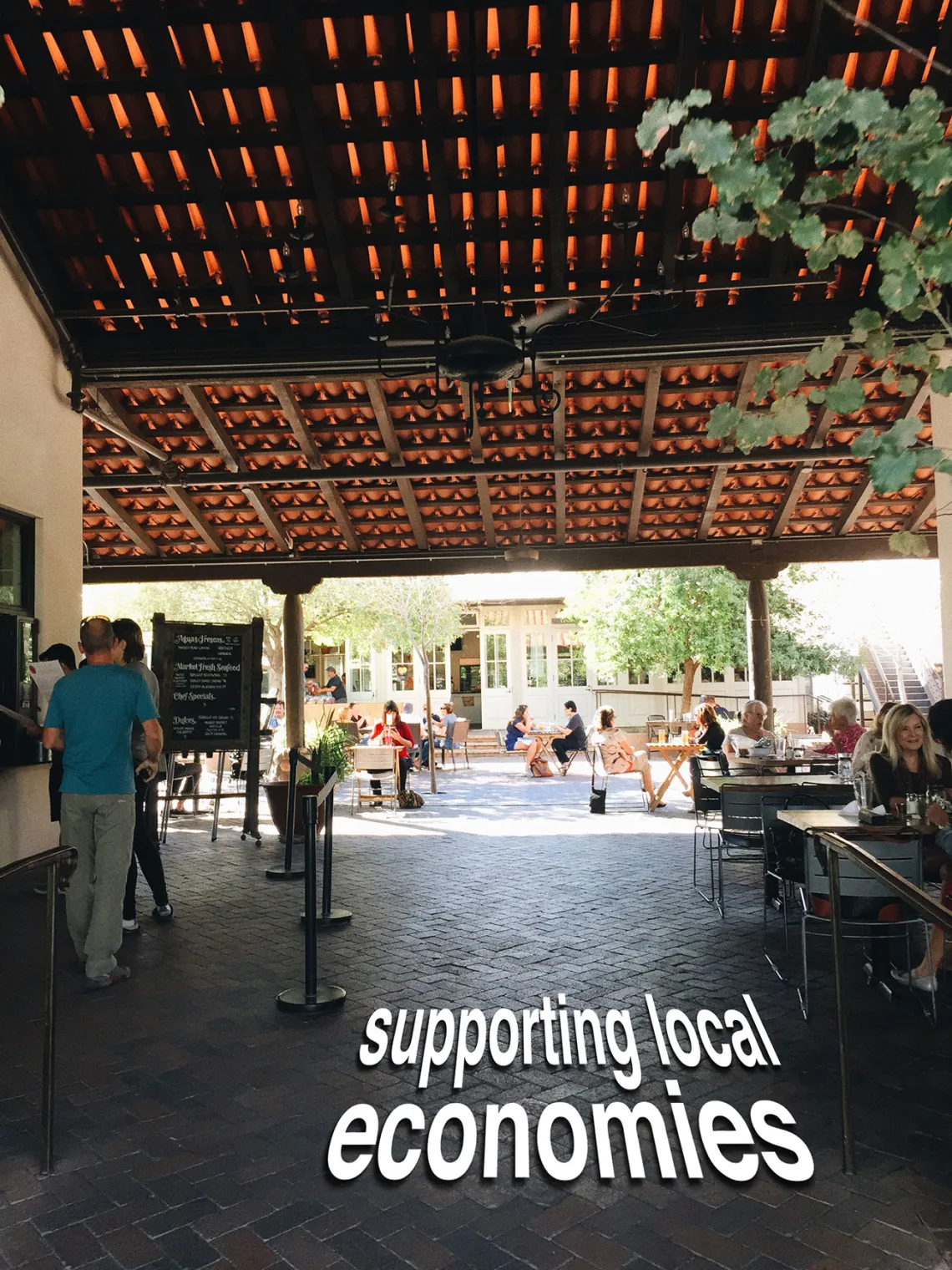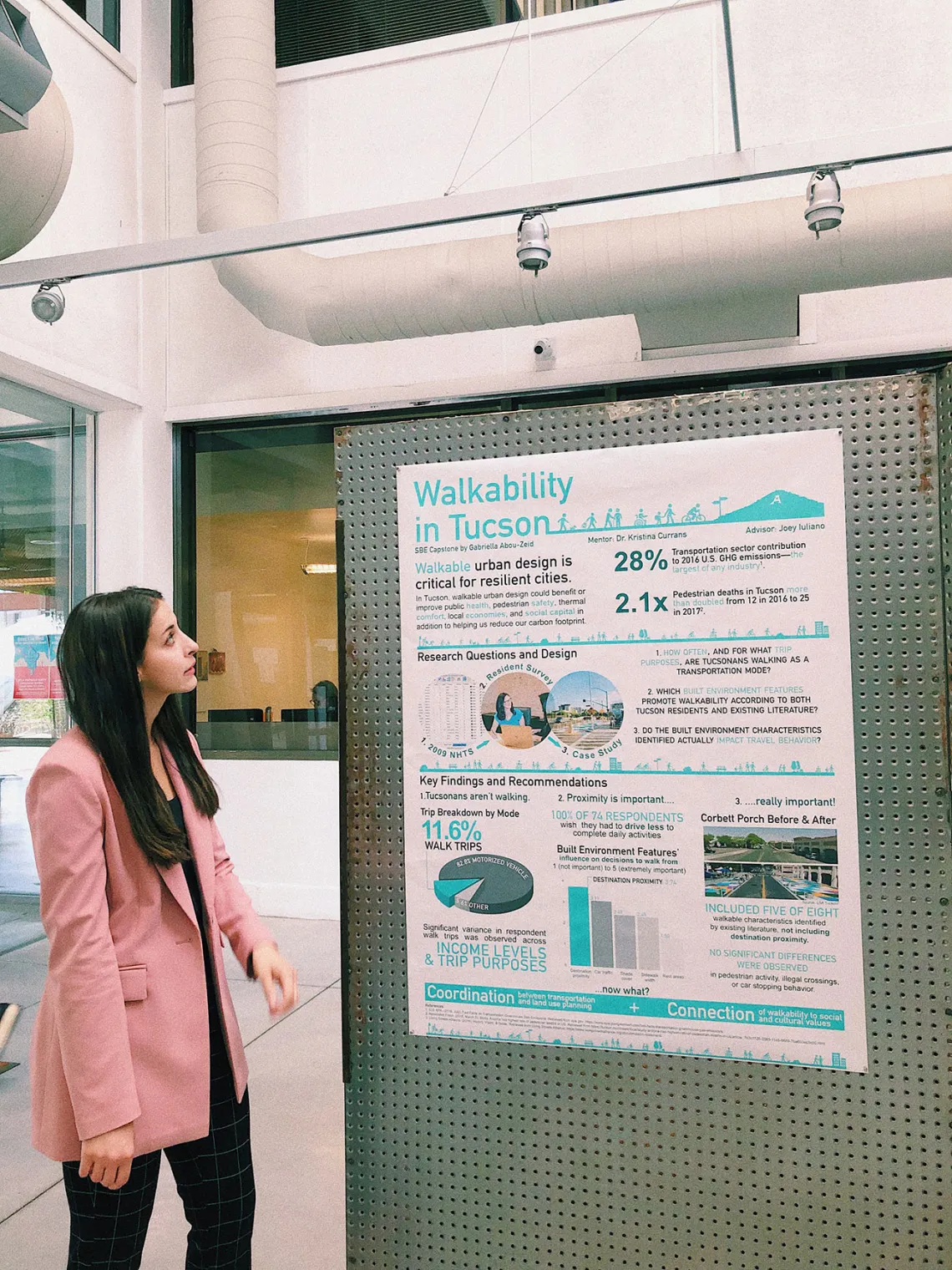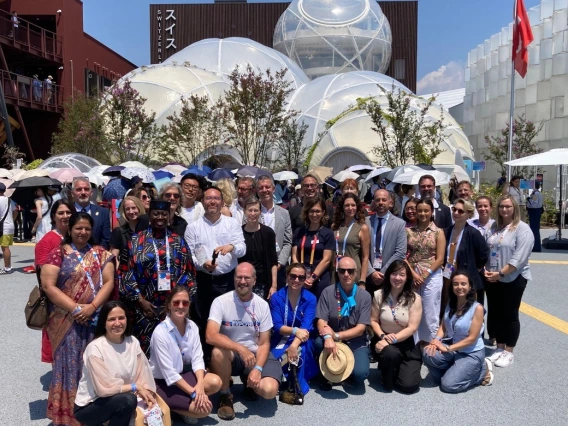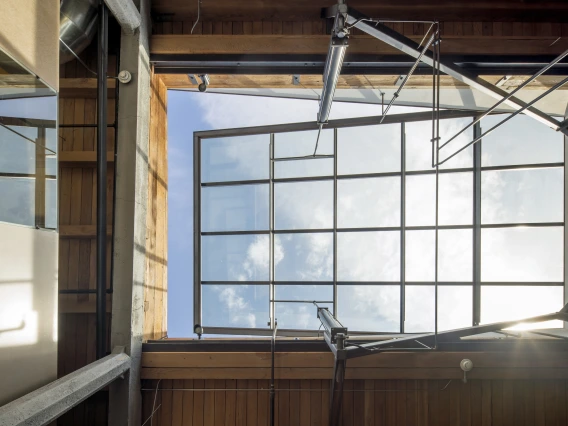Walkability in Tucson: Gabby Abou-Zeid '19 SBE
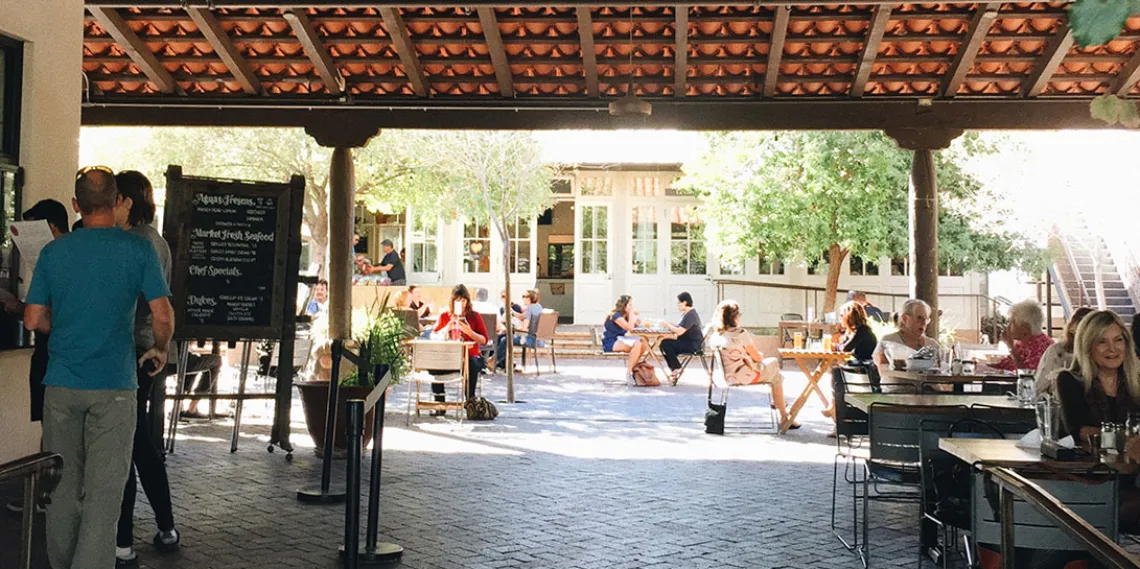
Automobile dependence in the U.S. plays a substantial role in the transportation sector’s contribution to greenhouse gas emissions. Shifting travel behavior in favor of less carbon-intensive modes, like walking, plays an imperative role in mitigating the consequences of human-driven global climate change. In her capstone project, Gabby Abou-Zeid ’19 SBE examines the role of Tucson, Arizona’s built environment in advancing this shift through the lens of walkability.
Walkability is a measure of how well the built environment facilitates walking as a mode of transportation. While Tucson’s walking rates are fairly low, a survey of residents revealed proximity to frequented destinations, traffic safety, shade cover, wide sidewalks and rest areas are key features of walkable areas in the city. Further, more than two-thirds of survey respondents expressed the desire to drive less. Coordination between city planners, transportation engineers and local nonprofits—like Living Streets Alliance—can integrate walkability characteristics in ongoing projects.
Ultimately, the impacts of walkable built environments extend beyond the environment to the people who inhabit it. Walking as a mode of transportation exhibits extensive public health benefits. Walkability is key in supporting vibrant local economies and advancing cities’ equity goals. Perhaps most remarkably, encouraging human-scale transportation roots us more deeply in our communities, familiarizing us with the surroundings and people that make them up. In a post-social-distancing era, strengthening our sense of community is imperative as we search to define and reconstruct a new normal.
Image Gallery
Click a thumbnail below to view a larger image and begin slideshow:
All images are by Gabby Abou-Zeid and may not be used or reproduced without express written permission of their creator.

